Overview of Antarctica
Antarctica is almost entirely covered by vast, white ice sheets. The Antarctic Mountains, stretching over 3,000 kilometers, divide the continent into eastern and western geographical sections. These two regions of Antarctica have different origins:
Eastern Antarctica consists of the ancient craton, which is the largest, most important, and oldest landmass in Antarctica, with an average elevation of 2,500 meters. The geographical South Pole, located at 90 degrees south latitude, is situated within Eastern Antarctica. This part of the continent has gradually separated and drifted from an ancient landmass known as Gondwana. About 185 million years ago, Gondwana began to break apart into two major segments: the African and South American plates, and the Indian and Australian plates. Approximately 135 million years ago, the African-South American plate split into the African plate and the South American plate. Then, around 55 million years ago, the Australian plate broke away from Gondwana and drifted northward, leaving behind the last remaining craton, which is now Eastern Antarctica.
Western Antarctica, on the other hand, is primarily made up of the larger Antarctic Peninsula and several islands. Geologically, this region is much younger than Eastern Antarctica, having formed no more than 2.2 million years ago during the Mesozoic era. Western Antarctica was once part of the ocean, and due to tectonic movements, these islands rose from the sea. In fact, some areas of Western Antarctica are still below sea level today, but they are covered not by seawater, but by the continental ice sheet. Western Antarctica is home to Antarctica’s highest peak, Mount Vinson, which stands at 5,140 meters.
Overall, Antarctica is a unique and crucial part of our planet, holding secrets about Earth’s past and playing a significant role in global climate systems.
Best Time to Visit
Antarctica doesn’t have traditional seasons; it is divided into a warm season and a cold season. The ideal time for travel is between November and March. The peak season is from December to January, so it’s best to book your trip at least six months in advance during this time.
Clothing Guide
Since your journey to Antarctica will likely involve a layover in Dubai or other transit points, and many itineraries include a stop in Buenos Aires, Argentina, it’s important to pack accordingly. If you’re traveling during the end of the year, autumn/winter, or the Chinese New Year period, you’ll need both light summer clothes and winter gear to protect against wind and cold.
Once you reach Antarctica, the temperature may not be as freezing as you might expect, typically hovering around 0°C (32°F) during the day. In addition to regular winter clothing, be sure to bring a down jacket, waterproof pants, waterproof gloves, sweaters, warm hats, and sunglasses. Before disembarking for land excursions, the ship will provide you with a waterproof outer jacket.
Avoid buying overly thick clothing, especially socks, since you will need to wear the ship’s provided life jacket, which has to fit over your landing boots. Just focus on layering for warmth. Also, since you’ll be passing through summer conditions in South America, short-sleeved shirts are essential. Finally, don’t forget sunscreen, as the sunlight in Antarctica can be intense!
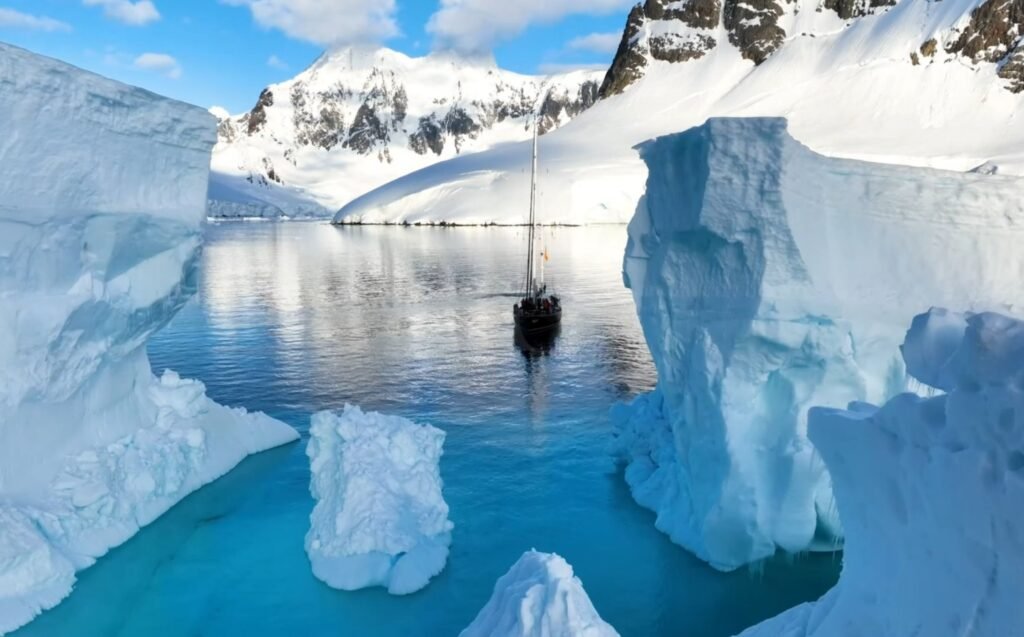
Regions
Antarctica can be divided into five main regions: the Antarctic Peninsula, East Antarctica, the Ross Sea area, the South Pole, and West Antarctica. In reality, aside from the Antarctic Peninsula and the Ross Sea, the other parts of Antarctica are challenging for tourists to access. Most cruises departing from Argentina primarily focus on routes between Ushuaia and the Antarctic Peninsula, where landings are made. Thus, the Southern Ocean is also a crucial stopover area for Antarctic tourism.
The Antarctic Convergence, also known as the Antarctic Divergence, is located between 50° and 60° South latitude. Here, cold Antarctic waters flow northward and sink beneath the warmer sub-Antarctic waters, creating a surface seawater sinking zone that exhibits distinct oceanic front characteristics. This convergence typically serves as the boundary separating the Antarctic and sub-Antarctic water masses in the Southern Ocean.
The southern boundary of Antarctica is defined by its coastline, while the northern boundary is an imaginary line that fluctuates between 50° and 60° South latitude. Within the Antarctic Convergence, nearly salt-free cold waters from the Antarctic continent flow underneath the warmer, saltier waters from temperate regions. This makes the Antarctic Convergence not only a marine geographical boundary but also a biological one. All life forms south of the convergence thrive in a very unique environment, creating a distinctive marine ecosystem. Therefore, the Antarctic Convergence serves as a transition zone for currents, water temperatures, salinity, and biological diversity surrounding the Antarctic continent.
The Antarctic Convergence is a pronounced natural geographical boundary. Its geographical location is roughly between 48° and 62° South latitude, forming an irregular circle. It lies around 50° South latitude on the Indian and Atlantic sides and between 55° and 62° South latitude on the Pacific side. Inside the Antarctic Convergence is what we typically define as Antarctica.
Getting There & Getting Around
There are only two ways to reach Antarctica: by plane or by ship. Most flights to the continent are used for scientific research, with a few available for tourists. For regular visitors, taking a cruise ship is the most common method of travel, typically departing from Ushuaia, the southernmost city in the world. From there, travelers embark on an unforgettable journey to the stunning landscapes of Antarctica.
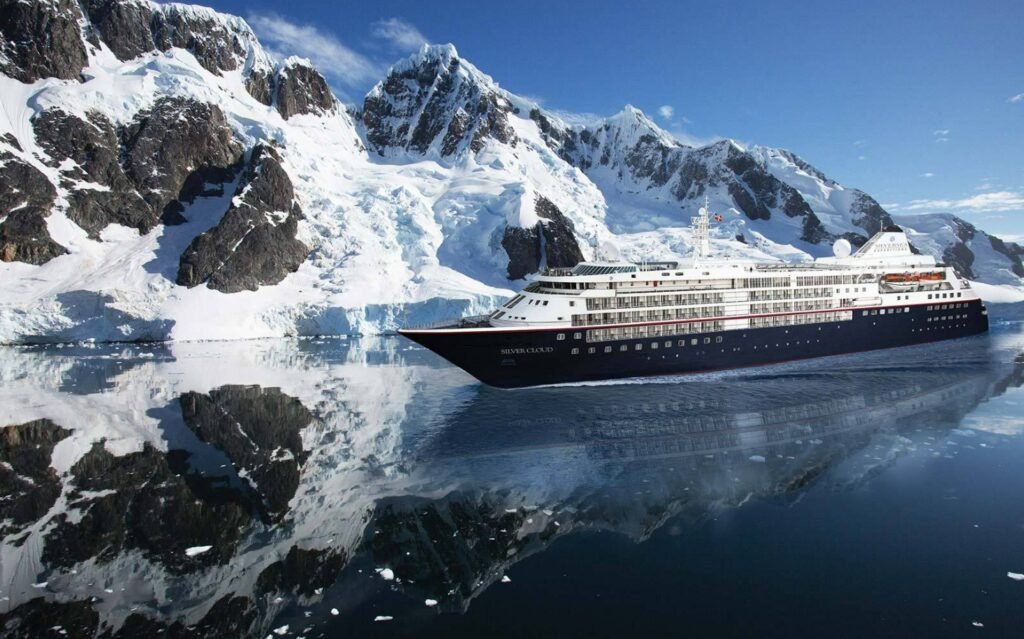
History
Antarctica, often called the “Seventh Continent,” was the last to be discovered on Earth and is the only continent without indigenous inhabitants. Records suggest that humans first glimpsed the continent in 1820, when an expedition spotted ice about 32 kilometers from the Antarctic mainland. The following year, American sealer John Davis is believed to have been the first person to set foot on the southwestern coast of Antarctica, although this claim remains disputed.
Over the next decade, exploration of the continent increased. In 1841, British explorer James Clark Ross crossed the Ross Sea and discovered Ross Island and the Ross Ice Shelf, the largest ice shelf in the world. In 1907, humans first reached the magnetic South Pole. On December 14, 1911, Norwegian explorer Roald Amundsen and his team became the first to reach the geographic South Pole, one of the most difficult places on Earth to access.
On December 1, 1959, 12 countries signed the Antarctic Treaty, which took effect on June 23, 1961. Since then, over 50 countries have joined. The treaty suspends territorial claims to Antarctica and mandates that the continent is used only for peaceful purposes. Antarctica is not owned by any nation, and the treaty ensures freedom for scientific investigation, promotes international cooperation, and prohibits military activities, nuclear explosions, and radioactive waste disposal. It also aims to protect Antarctica’s unique ecosystem.
Today, over 4,000 researchers travel to Antarctica annually, conducting continuous studies and observations in this extraordinary and isolated environment.
Falkland Islands
The Falkland Islands, known as “Islas Malvinas” in South America, remain a territory disputed between Argentina and the United Kingdom. The archipelago consists of two main islands, East and West Falkland, separated by the Falkland Sound, along with hundreds of smaller surrounding islets.
East Falkland is the larger of the two, renowned for its wildlife, particularly its abundant bird species. West Falkland, on the other hand, offers a more cultural experience, featuring historical and human landscapes. Stanley, the capital of the Falkland Islands, is located on East Falkland.
For many visitors on their way to Antarctica, the Falkland Islands are a delightful surprise, serving as a fascinating stop before reaching the Antarctic Peninsula. Despite having a population of just over 3,000, the island has a long history of settlement. The islands also boast 400 kilometers of roads, offering scenic views of peaceful countryside, complete with grazing sheep and picturesque farmhouses.
Highlights:
- Penguins: You can spot several species, including the Emperor Penguin, Gentoo Penguin, Magellanic Penguin, Rockhopper Penguin, and Macaroni Penguin.
- Birdwatching: The islands are also a bird lover’s paradise.
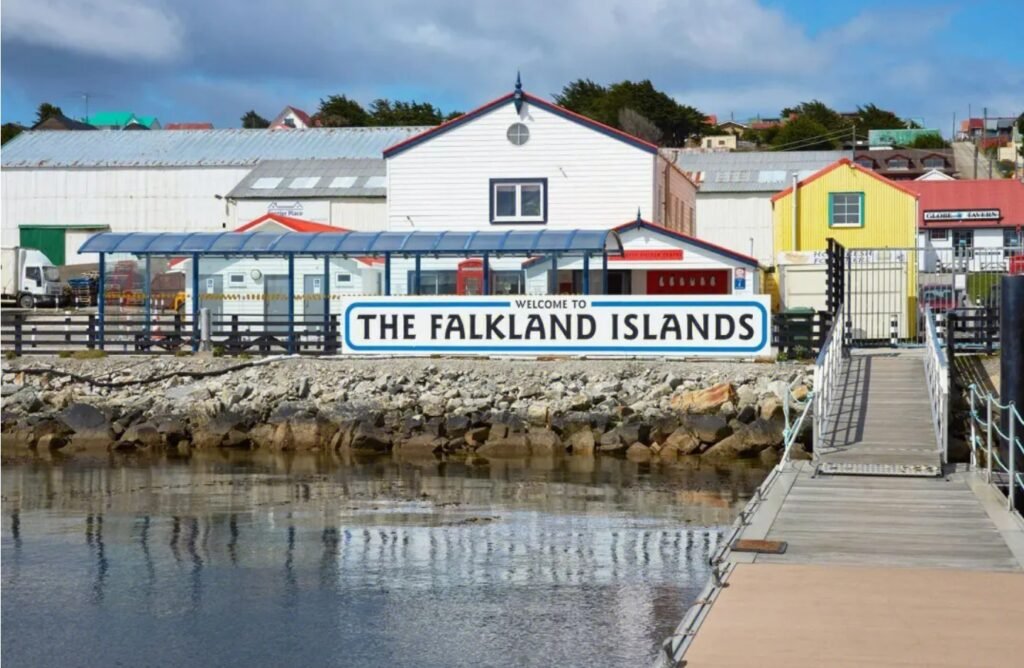
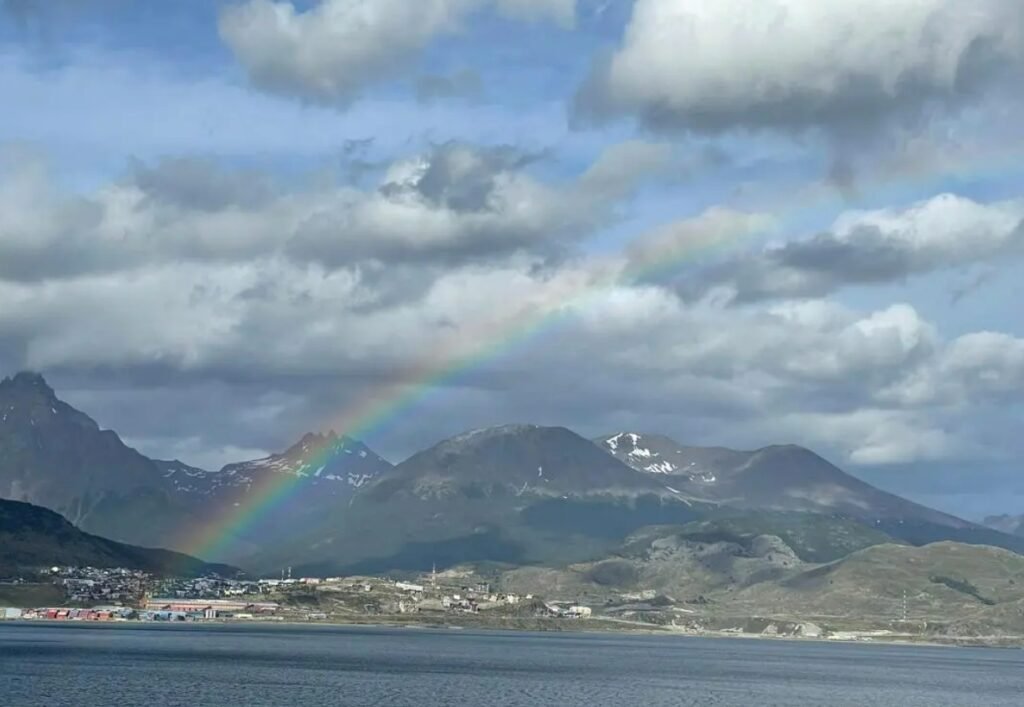

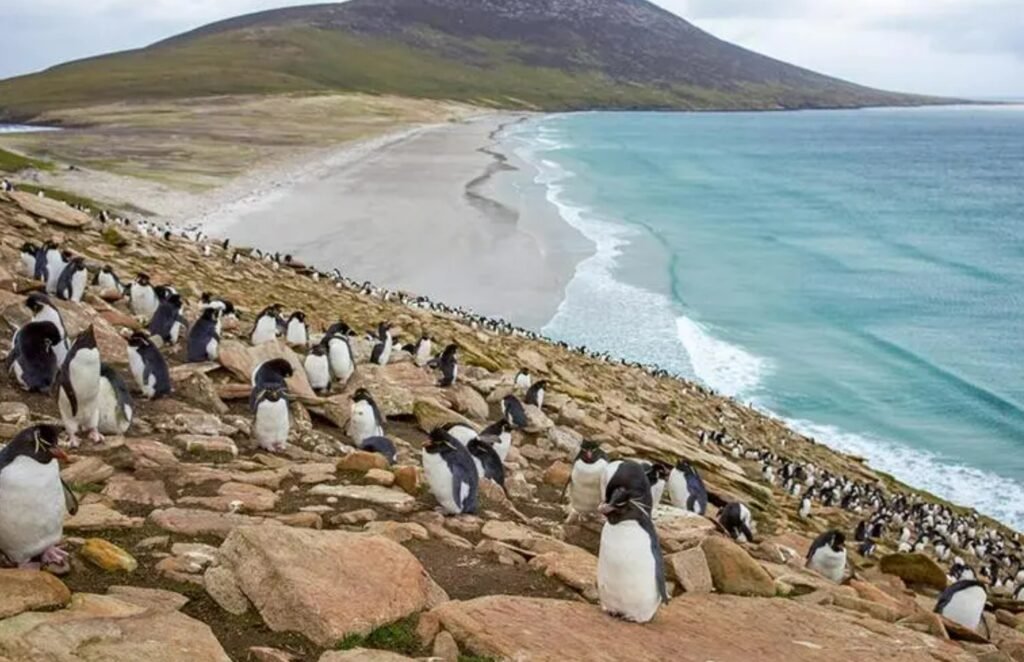

South Georgia Island
South Georgia Island was once known as the “Whaling Capital” of the world. During the 1925-1926 season, the island hosted five whaling stations and 23 whaling ships. In just one year, they hunted 1,855 blue whales, 5,709 fin whales, 236 humpback whales, and 12 sperm whales. However, following the Great Depression and rising environmental awareness, the last whaling station was finally closed in 1965.
Highlights:
- South Georgia Island is the largest breeding ground for Emperor Penguins and Elephant Seals in the Antarctic region.
- Over 3 million fur seals inhabit the surrounding waters.
- Birdwatching opportunities abound, making it a paradise for wildlife enthusiasts.

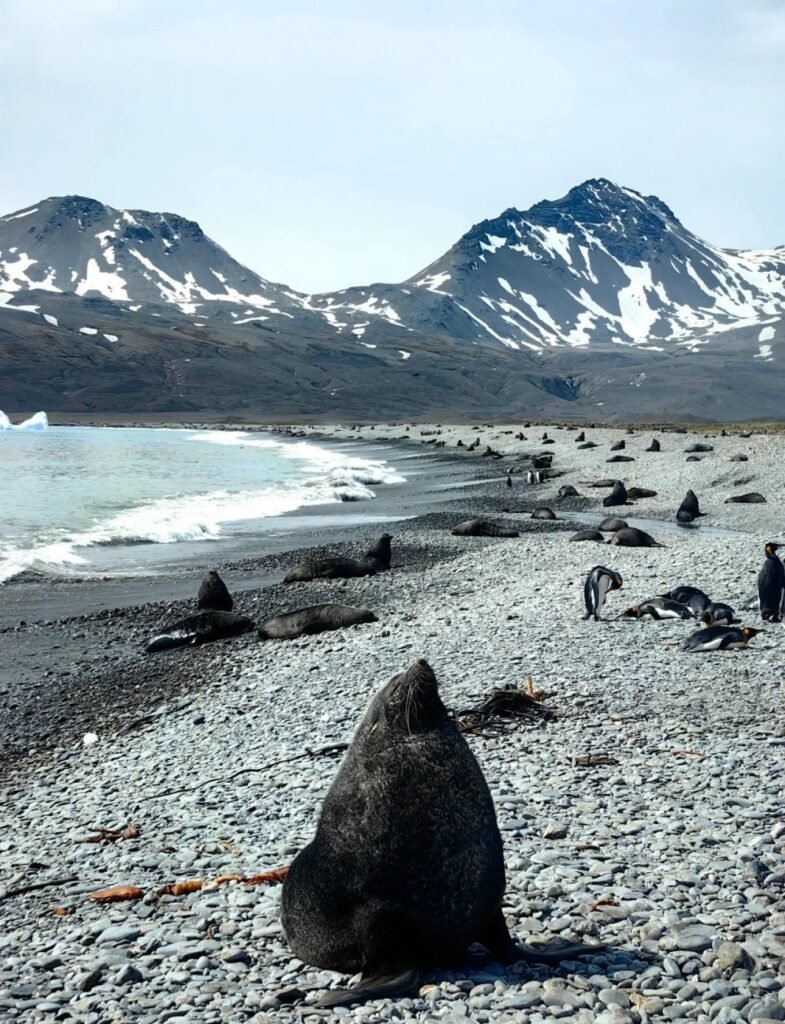
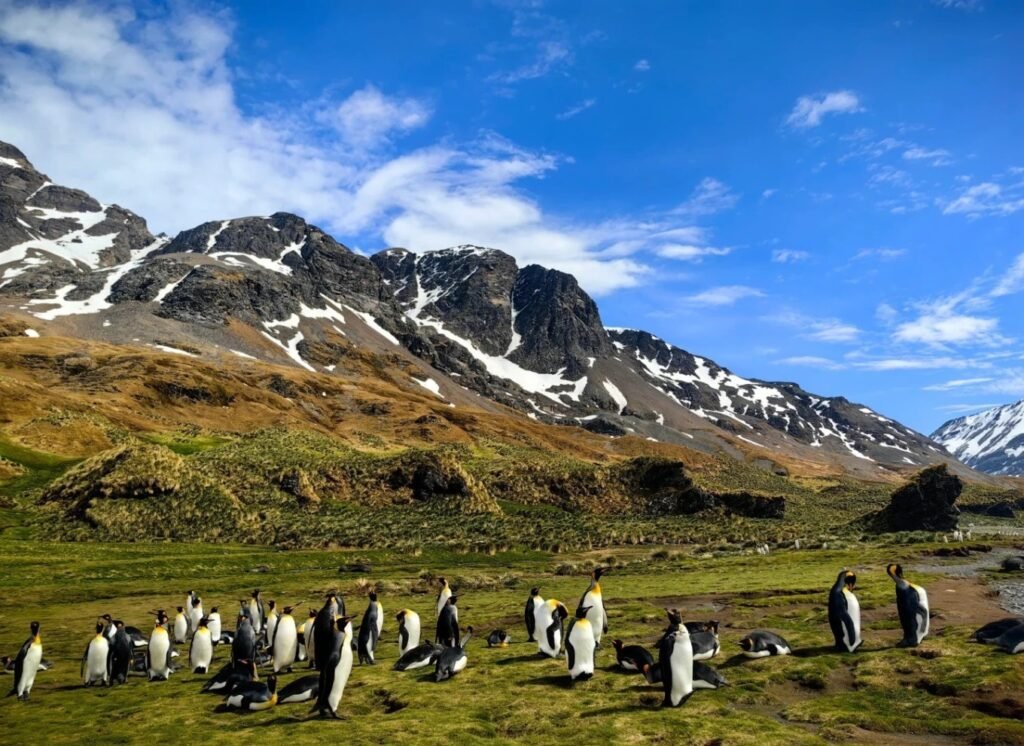
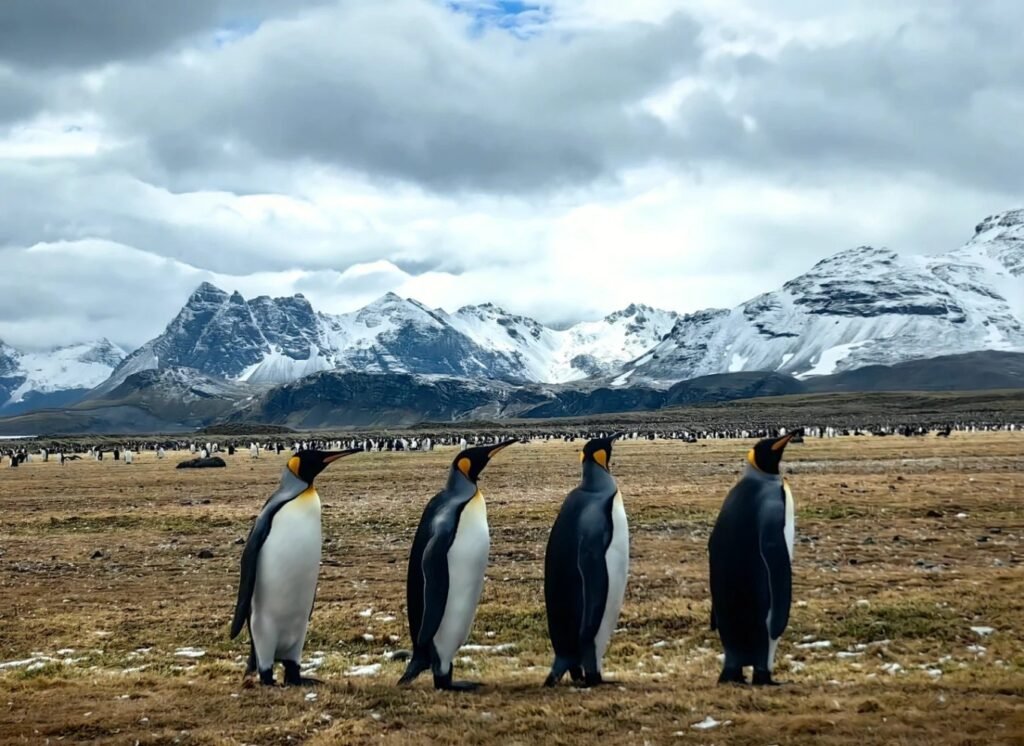




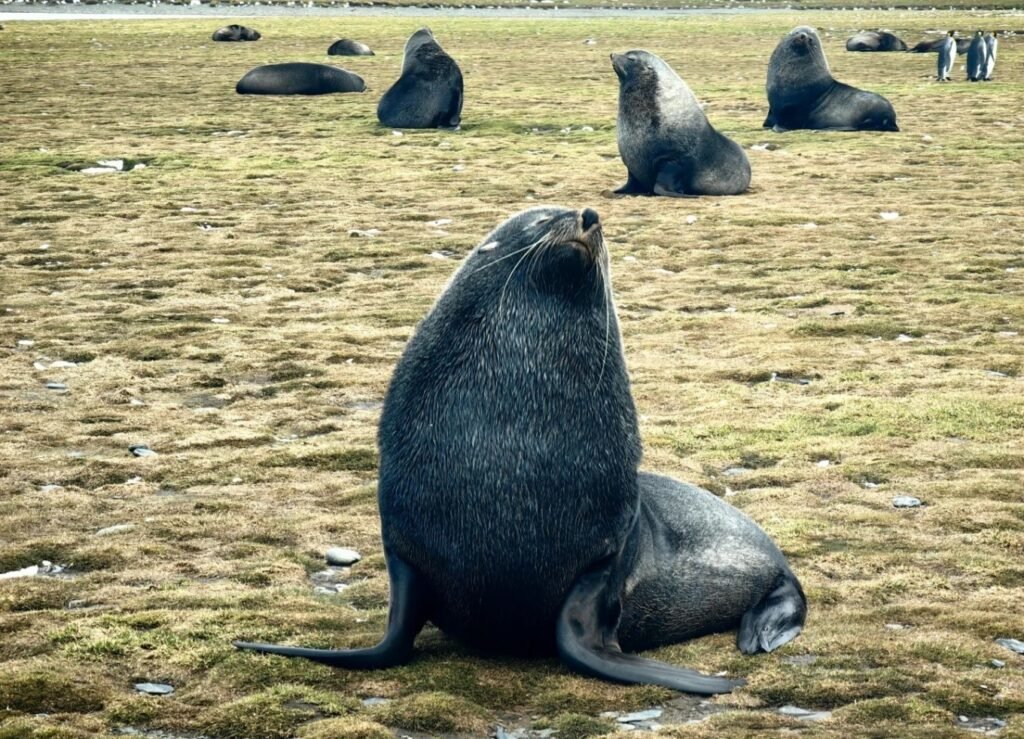
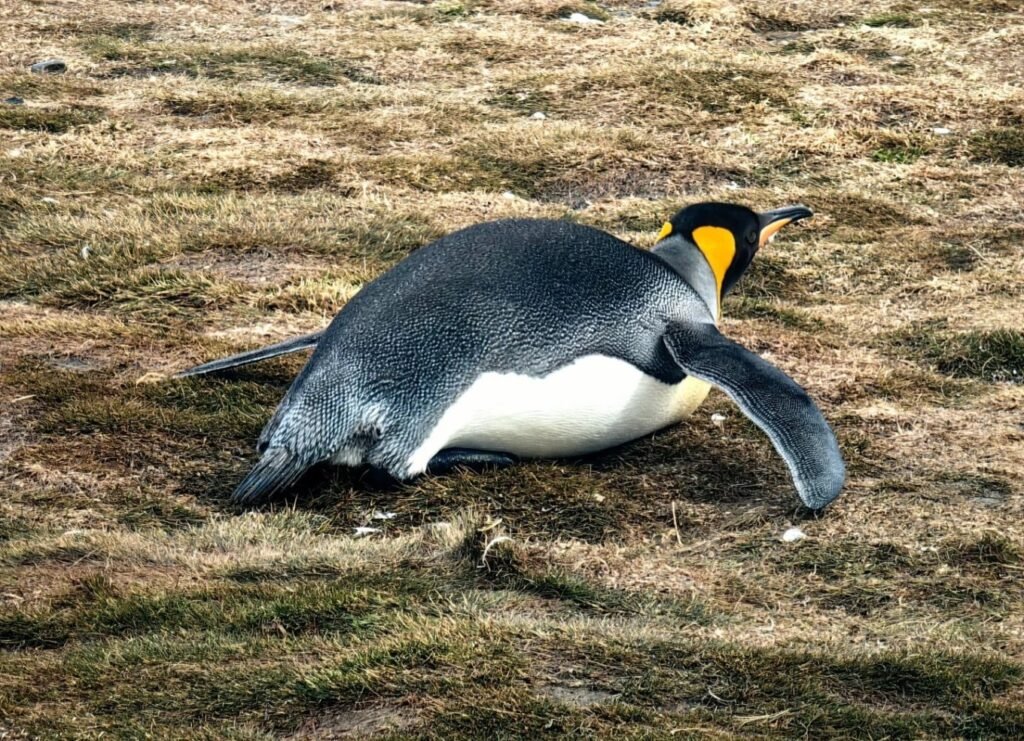
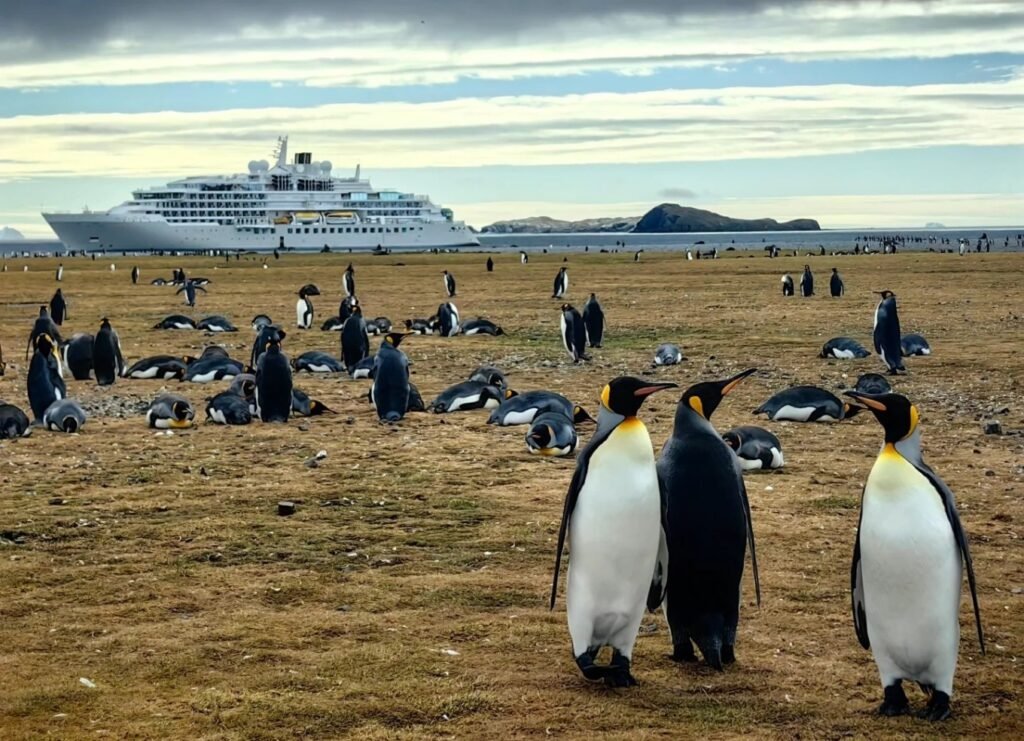
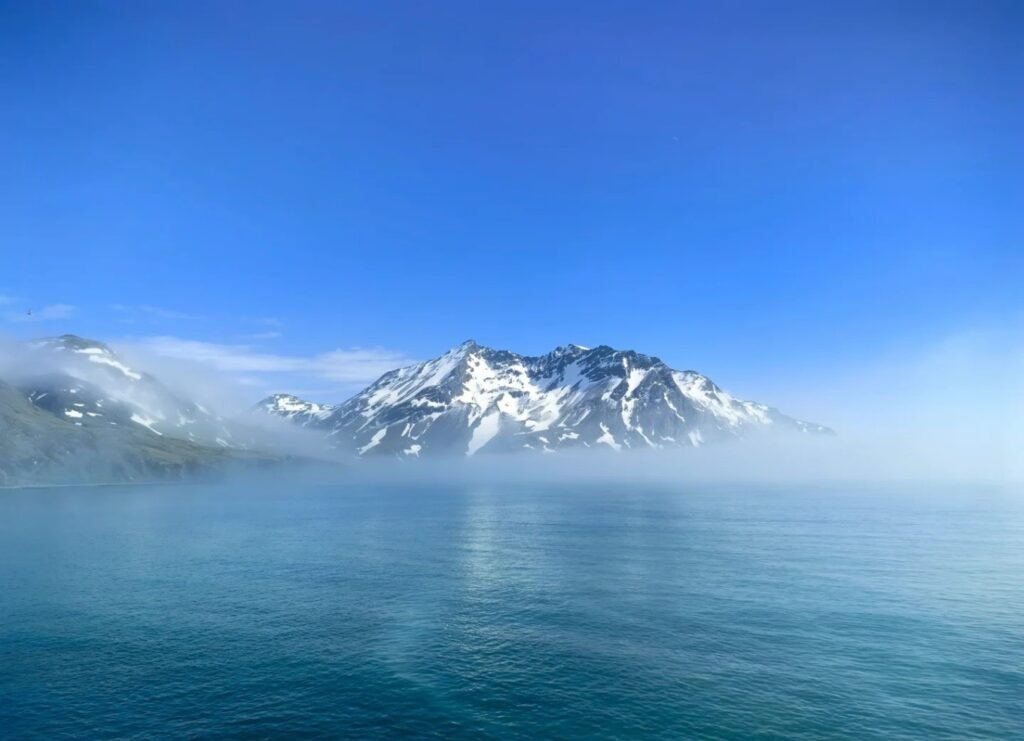
Grytviken
Located on South Georgia Island, Grytviken was once home to the island’s last operating whaling station, which is now open to visitors. This abandoned station has been preserved and serves as part of the South Georgia Museum. Just nearby, in the whalers’ cemetery, lies the grave of the legendary explorer Ernest Shackleton.
The site also features a small shop where you can buy souvenirs and postcards. One of the highlights for many visitors is the chance to send a postcard home from the onshore post office, a unique memento from this remote and historically rich location.
Cooper Bay
Cooper Bay is a wildlife haven, home to 20,000 chinstrap penguins along with thousands of macaroni and gentoo penguins. The sheer number of these birds creates a vibrant and bustling scene, making it a must-visit spot for nature lovers and wildlife enthusiasts.
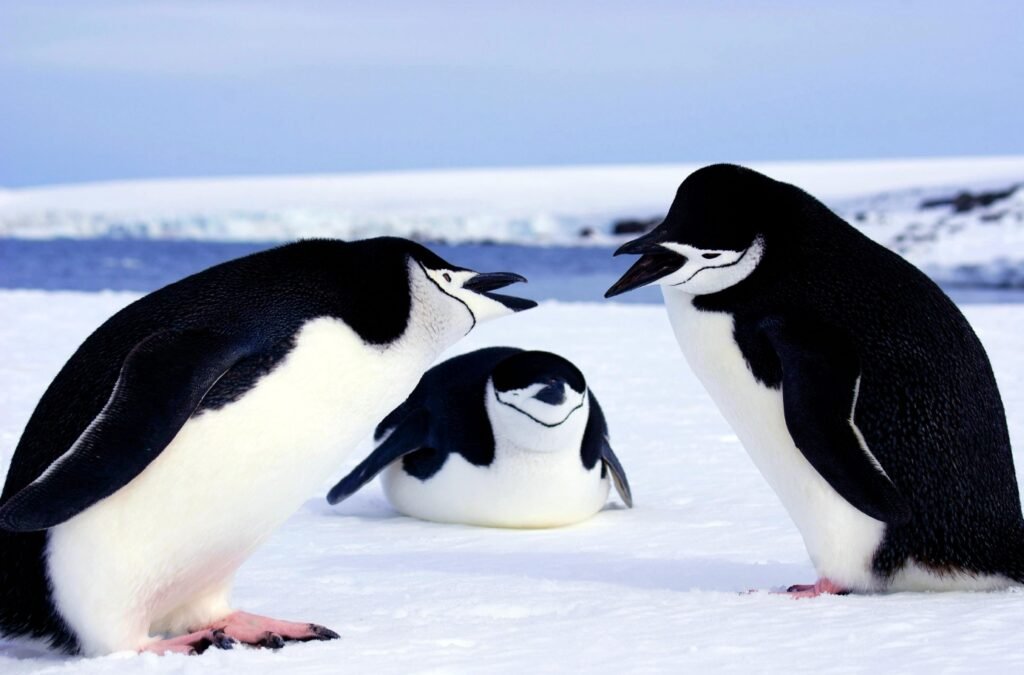
South Shetland Islands
The South Shetland Islands are the most frequently visited spot for tourists heading to Antarctica, known for their breathtaking scenery and abundant wildlife. These islands have captivated countless visitors with their natural beauty. The major islands include Deception Island, King George Island, and Half Moon Island, each offering unique landscapes and wildlife experiences.
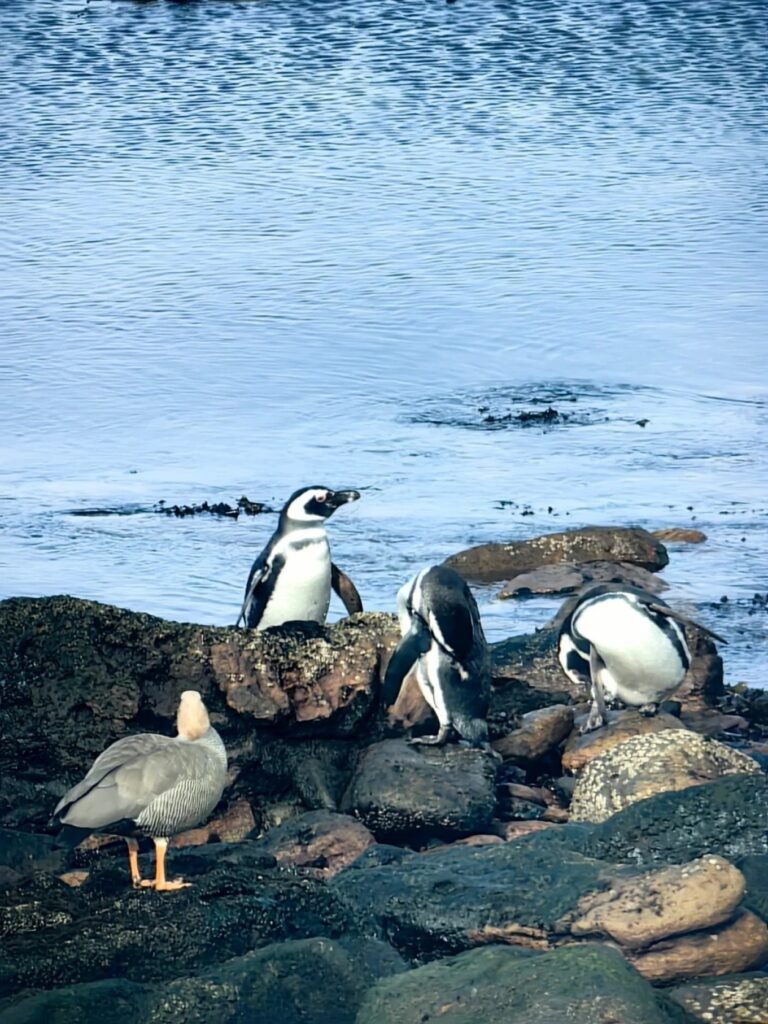


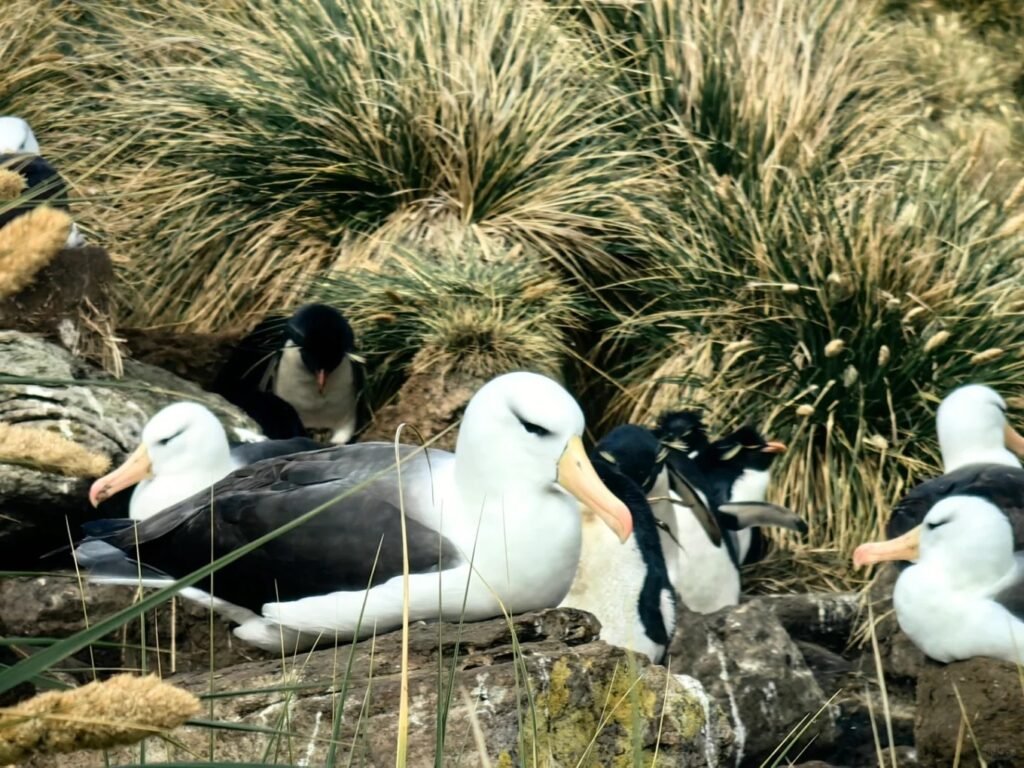

King George Island
King George Island is the largest of the South Shetland Islands. With less than 10% of its surface covered in ice and snow, it has become a hub for many countries’ Antarctic research stations, including those of China, South Korea, Russia, Brazil, Argentina, and Poland. The island’s relatively mild conditions make it an ideal location for scientific studies and international cooperation in the region.
Deception Island
Deception Island has a unique shape—an incomplete ring, formed by a caldera from a volcano that still occasionally erupts, leaving behind volcanic ash and creating a natural harbor. Visitors who arrive by ship often disembark at Whalers Bay, where they can experience the striking contrast of the black sand beaches, white misty clouds, and the faint smell of sulfur in the air. Imagine standing on warm ground heated by geothermal activity, with endless snow-covered landscapes in the distance—it’s a surreal sight that makes you appreciate Earth’s extraordinary beauty.
Drake Passage
The Drake Passage, located between the southern tip of South America and the South Shetland Islands, is the widest strait in the world at 970 kilometers and the deepest at 5,248 meters. Often referred to as the “Devil’s Strait,” it is known for its powerful winds from the west and north, which can create tumultuous waves that cause significant rocking of the vessels. As travelers heading to the Antarctic Peninsula must navigate through this passage from Ushuaia, it serves as a rite of passage for many, testing their mettle before reaching the pristine beauty of Antarctica. Surviving the “rocky strait” means you’re one step closer to experiencing the breathtaking, unspoiled wilderness of the Antarctic!
Paradise Harbor
Paradise Harbor is often regarded by many visitors as the most beautiful spot on the Antarctic Peninsula, showcasing breathtaking icebergs that leave you in awe. Taking a zodiac cruise through these stunning landscapes is an unforgettable experience. Keep an eye out for the blue-eyed cormorants resting on the cliffs—it’s a sight you won’t want to miss!
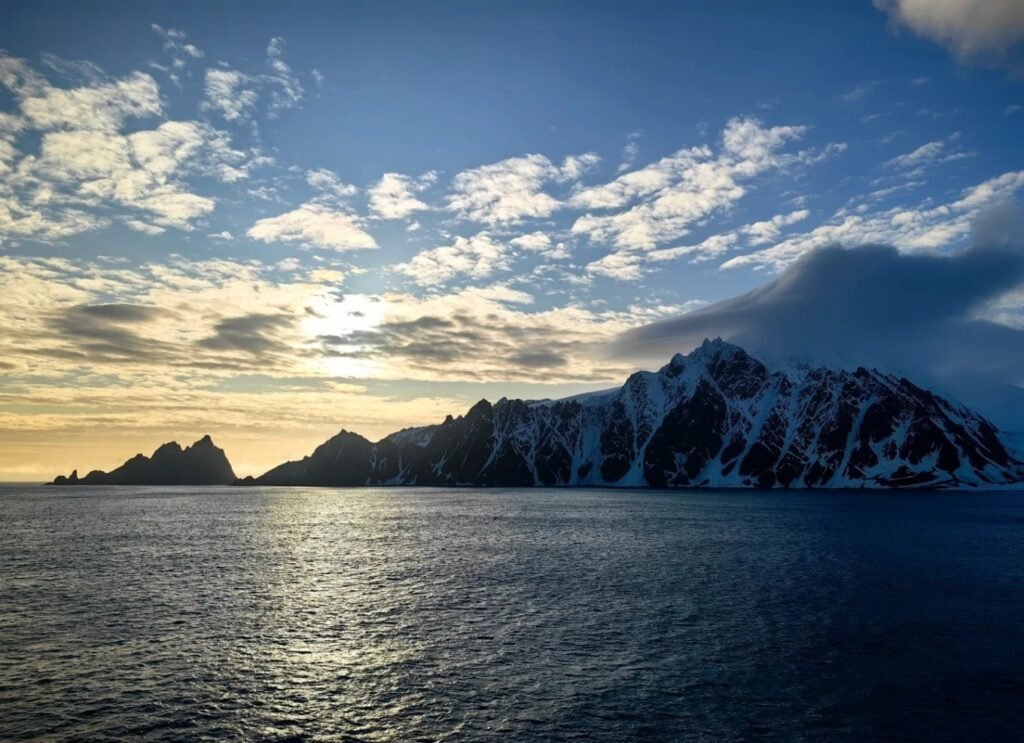
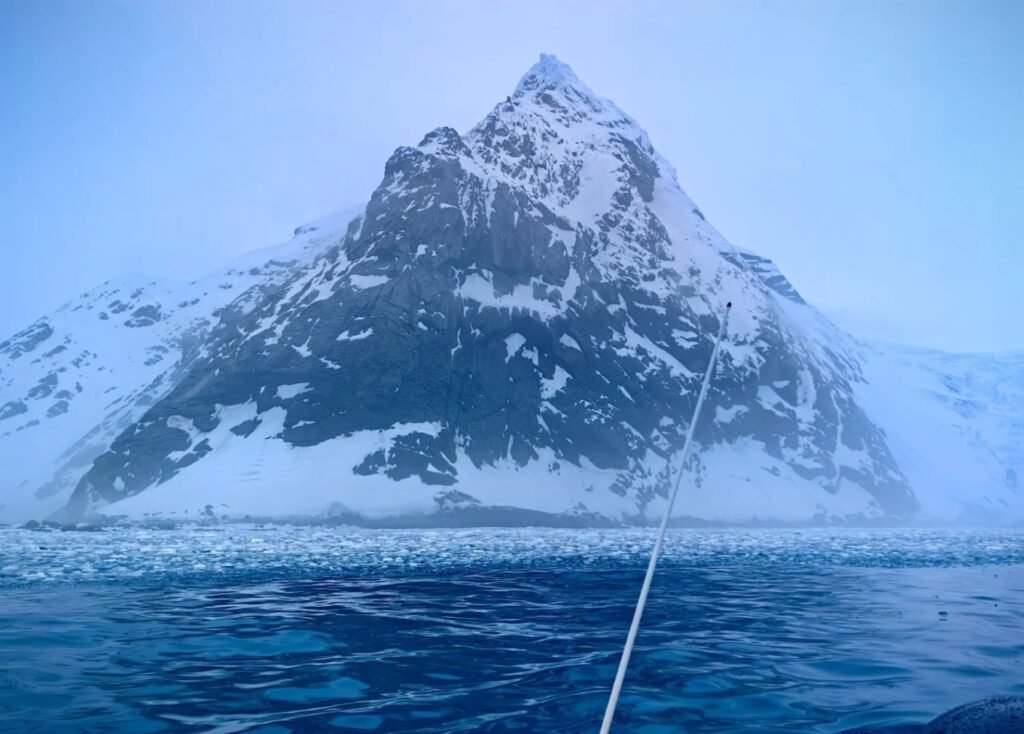
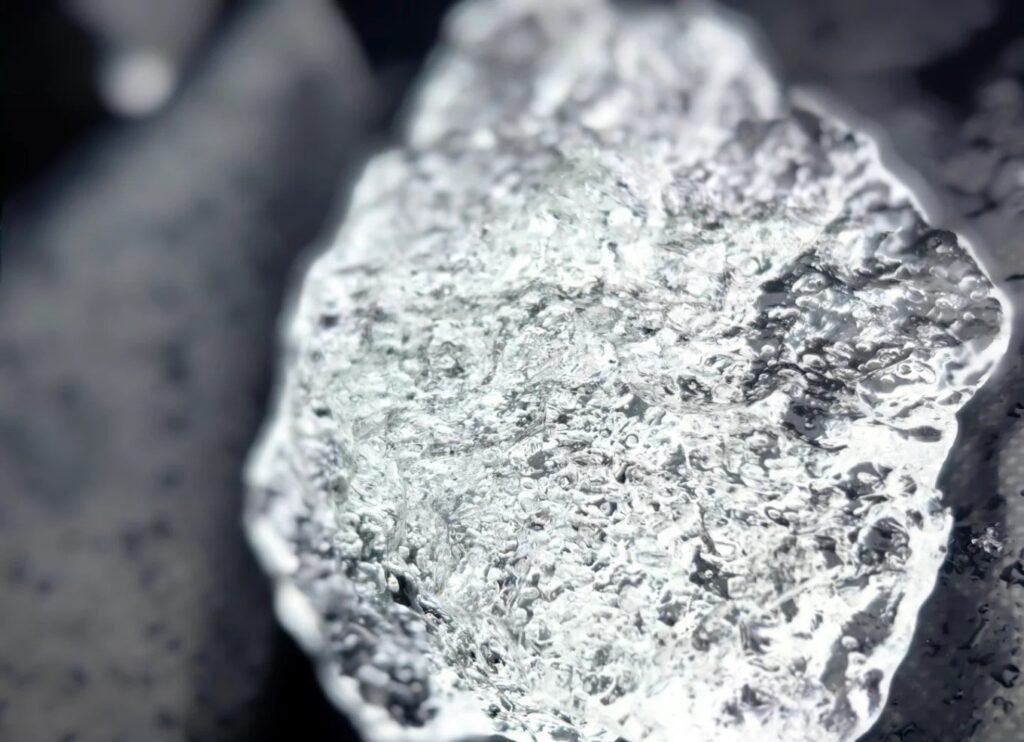
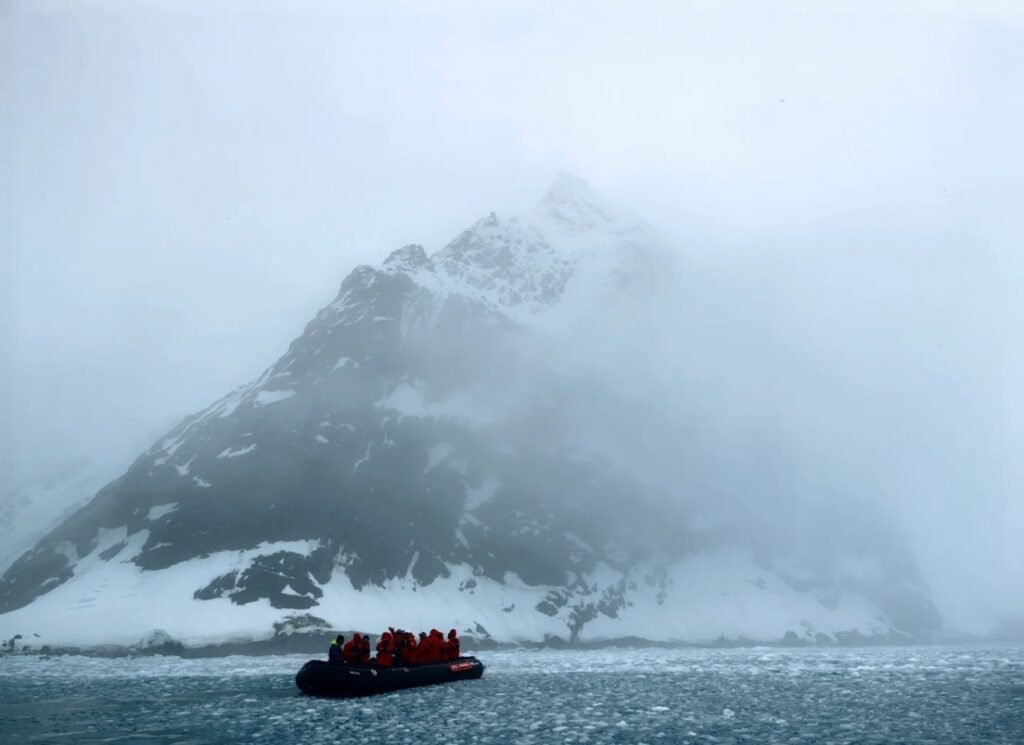
Port Lockroy
One of the most popular stopping points, Port Lockroy features a museum housed in the former British Antarctic Station (Base A). The entire building is just 100 square meters, allowing only 35 visitors at a time. In addition to being a museum, it also operates as a small post office where postcards can be purchased for $1 each.
The largest common area has been converted into a shop selling souvenirs, while the layout and items in the other rooms remain true to how they looked when British researchers lived here. The kitchen still has pots and kettles, along with numerous canned goods and seasoning bottles from brands that are still popular worldwide today. The studio is equipped with various scientific monitoring instruments and typewriters, while the bedrooms have beds covered with warm sheepskin coats. Interestingly, the walls and bedside tables are adorned with pictures of various movie stars, along with entertainment magazines to add a bit of flair to daily life.
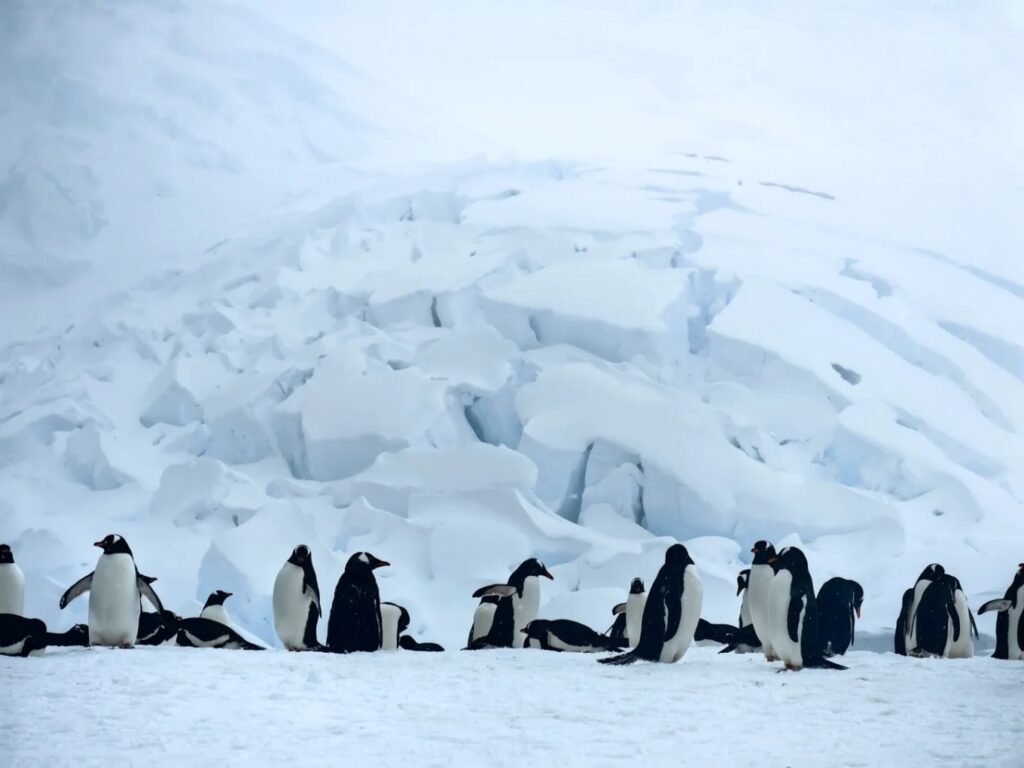
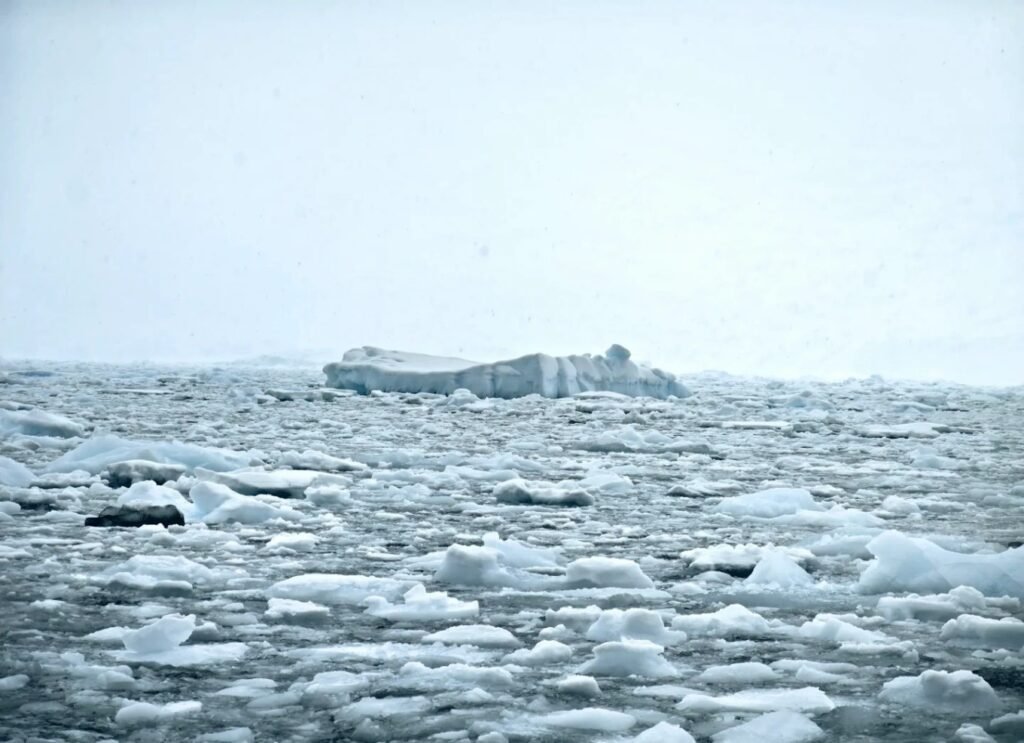
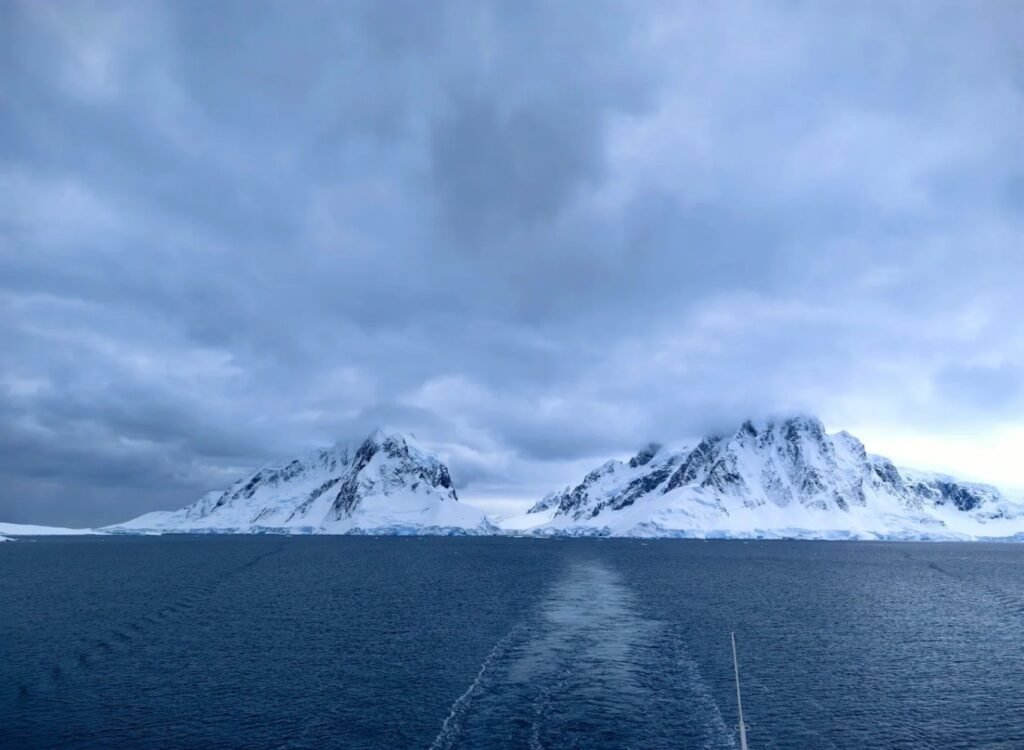
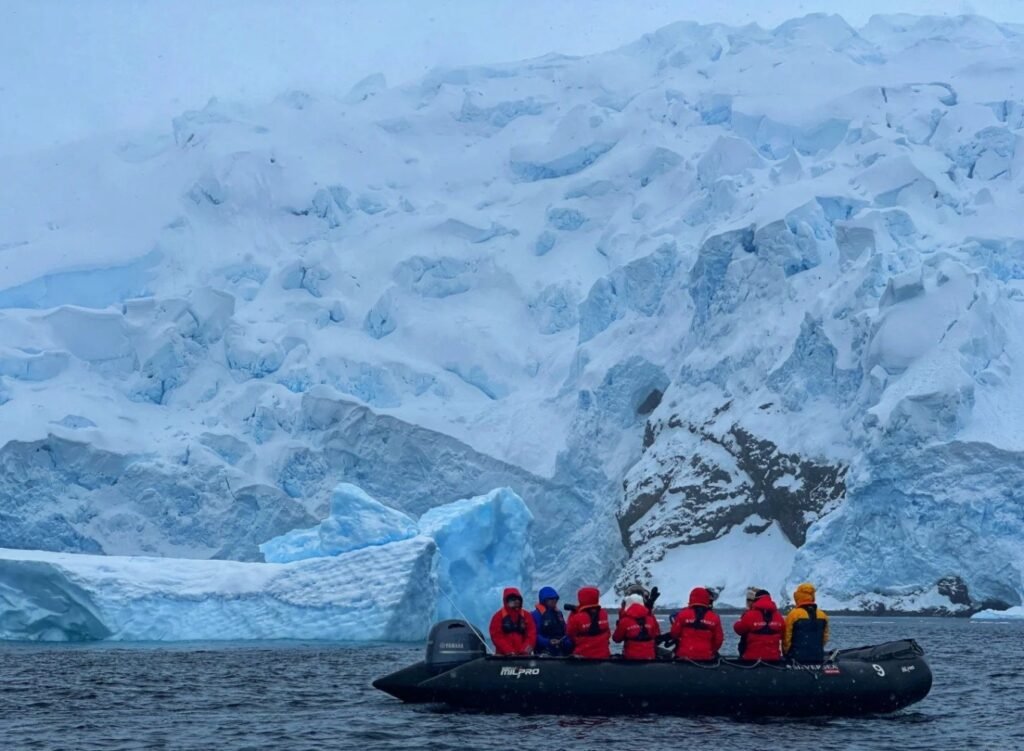
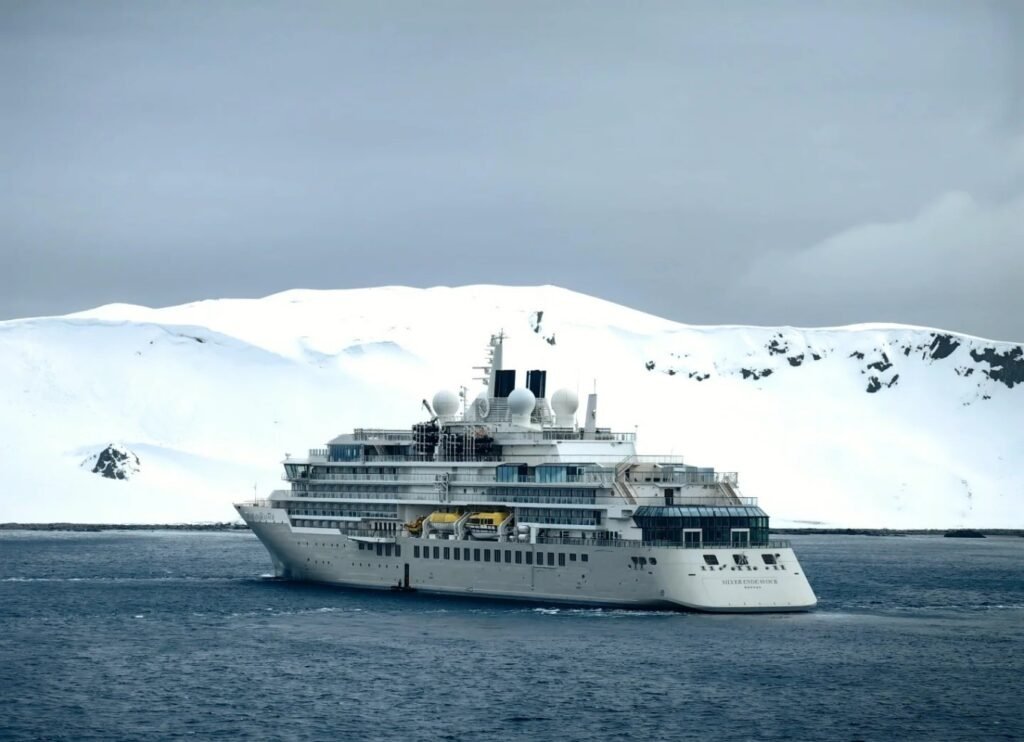

Onboard Activities
While tourists spend a significant amount of time on the ship, there are plenty of engaging activities scheduled throughout the voyage. Passengers can attend lectures by accompanying biologists and Antarctic experts, participate in welcome and farewell cocktail parties hosted by the captain, and enjoy barbecue events. Other options include fitness sessions, yoga classes, and movie screenings. Luxury cruise ships often feature small theaters that can be rented for personal parties.
Polar Plunge
Yes, you read that right—Polar Plunge! This thrilling activity involves participants being secured with a safety harness before taking the leap into the icy waters. As you jump in, a shocking sensation akin to being pricked by needles envelops your body. The experience is so intense that it’s hard to describe it as anything other than exhilarating!


